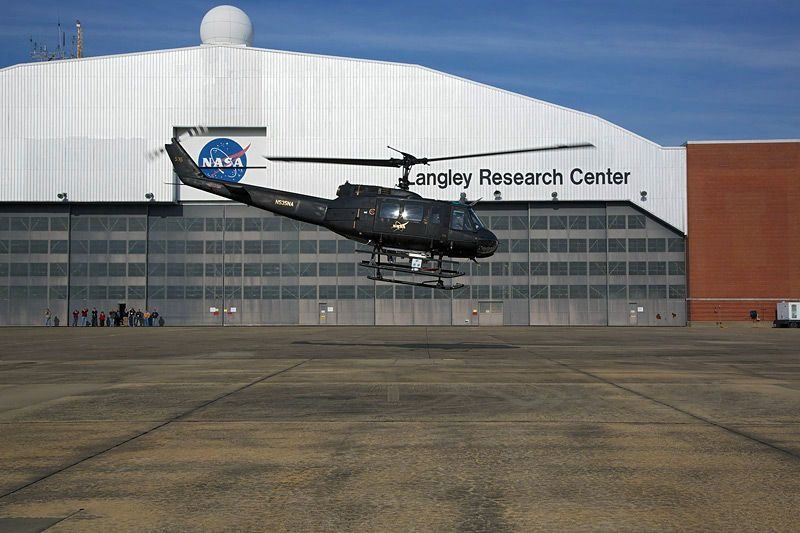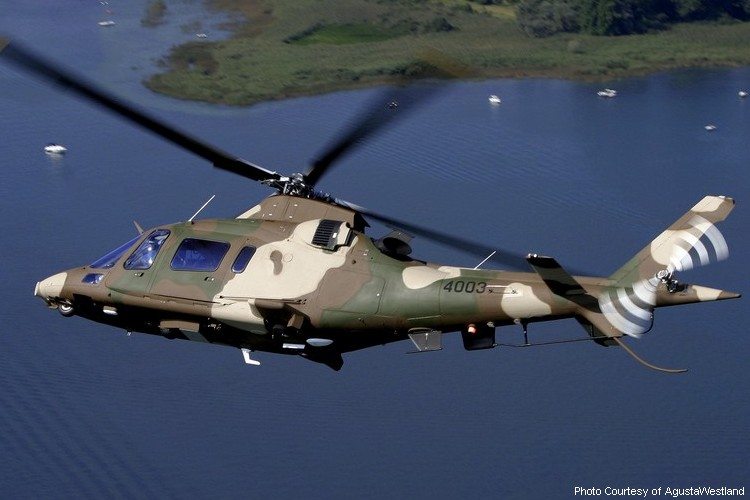Autonomous is nearly a household word. We hear about autonomous cars, military drones and robots. But what about spacecraft? NASA is working on that – technology to autonomously land a spacecraft on Moon, Mars or even an asteroid. It’s called the Autonomous Landing Hazard Avoidance Technology, or ALHAT. ALHAT gives a landing craft the ability to detect and avoid obstacles such as craters, rocks and slopes and land safely and precisely on a surface.
The project is led by Johnson Space Center (JSC) and supported by Jet Propulsion Laboratory (JPL) and Langley Research Center. To ensure its design capabilities, the ALHAT instrumentation was put on a NASA Huey helicopter followed by a completion of 12 flight tests – starting at Langley and finishing at Kennedy Space Center (KSC). Helicopter tests allow researchers to test the functionality of ALHAT as an integrated system in a flight environment.
In other words, ALHAT will provide the pilots with on board automated guidance, navigation and control software, which gives them the ability to precisely and safely land.
“overall, the integrated system on the helicopter worked just as we had hoped” said systems engineer, Kevin Kempton. “The data sets that have been generated are by far the most realistic data we have ever gotten from the ALHAT system.”
The next ALHAT flight tests will be on a vertical test bed called Morpheus which will demonstrate autonomous landing on an imitated lunar surface.
“We flew down to Kennedy to perform similar tests that will be done on Morpheus for risk reduction,” said ALHAT Deputy Project Manager, Edward Robertson. “This allows us the ability to verify functionality of our flash lidar system for mapping out terrain in 3-D and detecting hazards and identifying safe sites.”
Before the team moves on to the next set of testing, they can’t help but take a moment and revel at their hard work.
“We would never have gotten there without all the exceptional help received over the last several weeks,” Kempton said.
To be more specific, the help Kempton is talking about is from the six NASA centers that joined together to make this happen: Ames Research Center, Wallops Flight Facility, JSC, JPL, Langley and KSC.
Each had an integral role, but it wasn’t a simple task. JPL, JSC, and Langley provided the instruments for the test. Ames, Wallops, and KSC provided the pilots. Langley did the integration and airworthiness of the instruments on the aircraft. Wallops folks flew the helicopter to KSC where KSC provided flight operations oversight and the test debris field.
Phew, what a mouthful. And because of their efforts, many NASA missions benefit.
“The folks engaged in science mission directorate and Mars missions are very interested in a number of these products…and are actually planning to incorporate those in future missions that they’re looking at right now,” Robertson said.
ALHAT is not only bringing new technologies to NASA. Robertson said, “We’ve been contacted by U.S. military and automobile manufacturers.” He explained, for example, that there is long-term applicability that can be applied to helicopters.
When helicopters fly and go to land, dust can interfere with the pilot’s view of the landing site. As a result, service men and women have died. ALHAT could provide a clearer landing site.
And even save lives.











